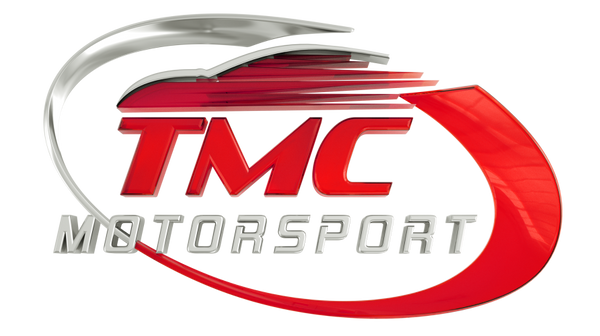We have put together a simple guide to help customers understand the various ECU Remapping Stages. This has become more apparent in the recent years within the Automotive Tuning industry throught business & various car communities. We hope that the following information is useful for some.
Most commonly within this tuning industry we have 3 Stages of Tuning, Stage 1,2 & 3. However this may change based on the car/company. Below we simply explain our outlook on each stage.
Stage 1:

Stage 1 requires no hardware modifications, however if your vehicle ONLY has an intake system/upgraded panel filter such as ITG, Forge Motorsport, BMC Air Filters, DNA Racing or similar this can also be factored into a Stage 1.
A Stage 1 in theory is taking the stock vehicle software from the vehicle and giving it the extra potential power it should of had from the factory. We can do this due to manufacturers allowing extra tolerances due to many different factors they must account for when the cars are being sold all around the world such as climate, emissions etc...
Stage 1 being the most common Stage most customers choose, you may also see increased fuel economy after you have lost your "heavy right foot" period and your back to your normal daily driving routine.
Stage 2:

Stage 2 requires additional hardware such as downpipe, exhaust, intercooler & intake such as the ones listed above. However this hardware can vary from vehicle to vehicle. This would be a little more complex than your Stage 1 ECU Remap as you have multiple hardware changes to account for.
Downpipes such as a "Sports Cat" would require the vehicles rear O2 Sensor to be switched off to prevent the car from overfueling. Without doing something like this to prevent overfueling on your vehicle which can cause damage long term on the part or the engine as the car will be trying to compensate for something it doesn't know it has installed as this was not accounted for at the factory.
Adding an exhaust system can be another extremely beneficial piece of hardware to your car. Most commonly there are three versions advertised;
Turbo-Back Exhaust - This would be your exhaust such as a Sports Cat followed by Front Pipe, Centre Pipe and Rear Silencer & Tips (Vehicle & Exhaust Manufacturer Dependant)
Cat-Back Exhaust - This is the most common exhaust chosen as most prefer not to change the downpipe as this on most cars can be a lot of work for any mechanic due to the location however again is (Vehicle Dependant) Your cat-back exhaust is like it says in the title simply the same as above however without the downpipe > Front Pipe, Centre Pipe, Rear Silencer & Tips.
Below is an example of our TMC TRUE CAT BACK EXHAUST SYSTEM TOYOTA GR YARIS.

Axle-Back Exhaust - This option is becoming increasingly popular amongst many applications now due to the ease of install and reduced costs involved for some extra noise, however not providing much performance gain and exhaust gas flow like the first two options explained above would do but nevertheless offering a cost effective solution to get a little noise.
Below is an example of an Axle-Back System by Remus for a BMW M140i.

An intercooler installed is one of the best hardware modifications you can make to your vehicle as it allows for increaed timing advance, boost pressure due to usually bigger inlet and outlet diameters in turn creating more air for your engine. Keeping it cooler for longer than normal.
Below is an example of an Airtec Motorsport Intercooler fitted to an Abarth 595.

Stage 3:


